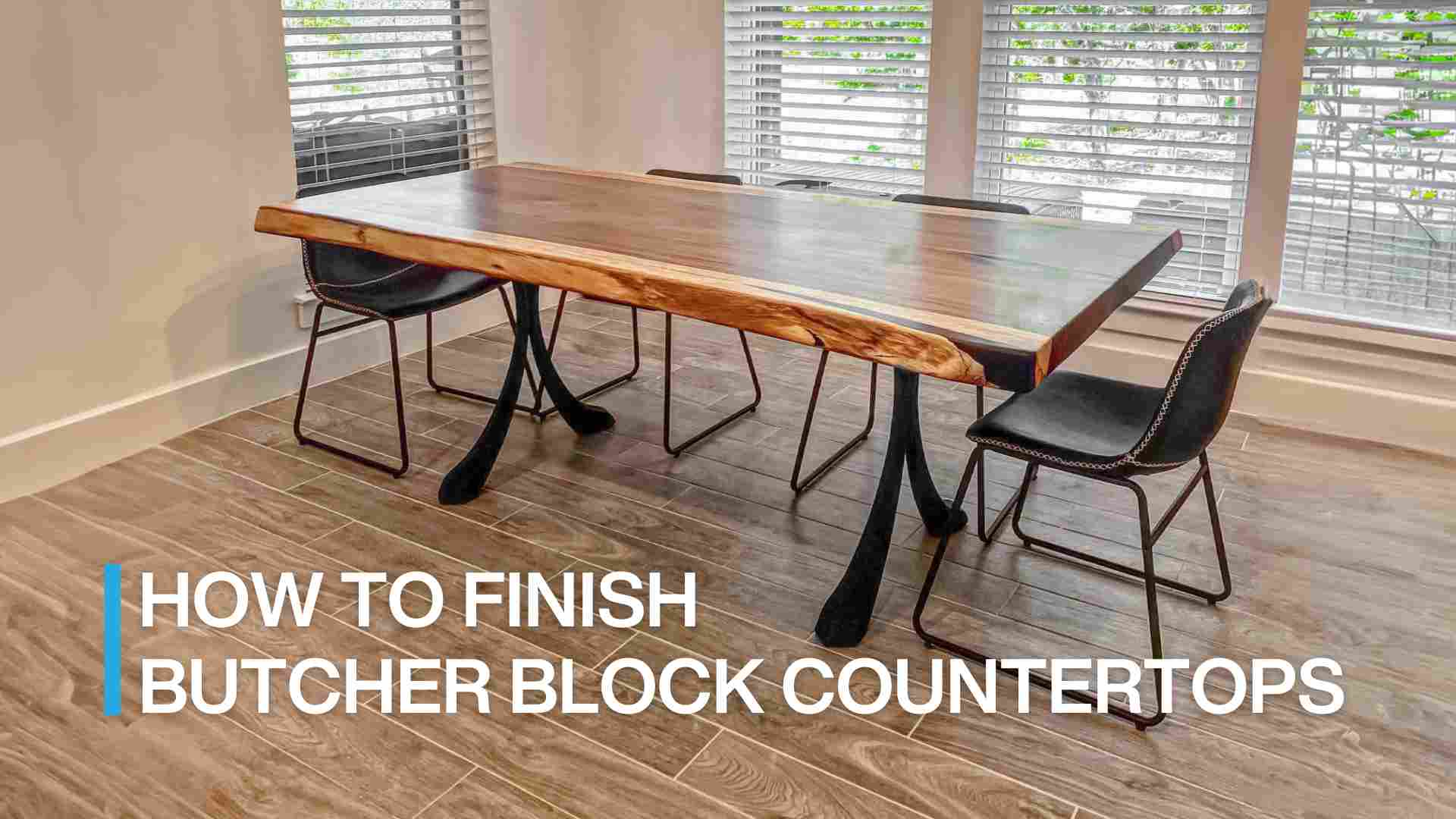Craft Your Own Stunning Epoxy Resin Cutting Board: A Step-by-Step Guide
Original article: https://flowyline.com/blogs/for-diy-ers/how-to-make-epoxy-cutting-board
Cutting boards are more than just functional kitchen tools. They can be a statement piece, adding a touch of elegance and sophistication to your kitchen. A well-crafted epoxy and wood cutting board can serve as a conversation starter at dinner parties, showcasing your personal style and love for unique, handmade items. In this blog, we will guide you on how to make epoxy cutting board so you can create your own stunning and functional piece for your cozy dining space.

Choosing the Right Wood for Your Cutting Board
When it comes to selecting the right wood for your cutting board, durability and safety should be your top considerations. Hardwoods like maple, walnut, olive and cherry are popular choices due to their tight grain structure and natural resistance to bacteria. These species also have a beautiful color and unique grain pattern, enhancing the aesthetic appeal of your cutting board.

Recommended Types of Epoxy for Cutting Boards
Food-safe epoxy resin is a must when making cutting boards. This type of epoxy is specifically designed to come into contact with food without leaching harmful chemicals. Brands like ArtResin, MAX CLR, and ZDSticky offer high-quality, food-safe epoxy resins that are perfect for crafting cutting boards.

Which Pigment Types Should I Use When Pouring Cutting Boards?
When it comes to adding color to your epoxy resin cutting board, it's important to choose pigments that are food-safe. The pigments should not affect the food-safe properties of the epoxy resin. While there are many types of pigments available, it's crucial to ensure they are compatible with the epoxy resin you're using and are safe for incidental food contact. Always check the product labels or consult with the manufacturer to confirm their safety.

Some Recommended Food-Safe Finishes for Your Cutting Board
- Shellac: This is a surface-sealing, natural finish that comes from the Lac bug. It provides good protection from moisture and leaves a glossy finish if applied thick enough.
- Pure Tung Oil: One of the few popular "Drying Oils". It hardens as it cures and has water-resistant properties.
- Food Grade Beeswax: This comes from the honeycomb of honey bees. It's commonly used to glaze fruit, as well as in the production of gel capsules and chewing gum.
- Carnauba Wax: This is plant-based, and is considered safe for consumption because it is inert, non-toxic, and cannot be digested by humans.
- Mineral Oil: This is a common finish for cutting boards because it is both durable and food-safe.
- Walnut Oil: This is a popular choice due to its easy application and food-safe properties.
- Linseed Oil: This oil is also commonly used for its protective qualities.
- Fractionated Coconut Oil: This oil is a good choice for its long shelf life and stability.



Comments
Post a Comment